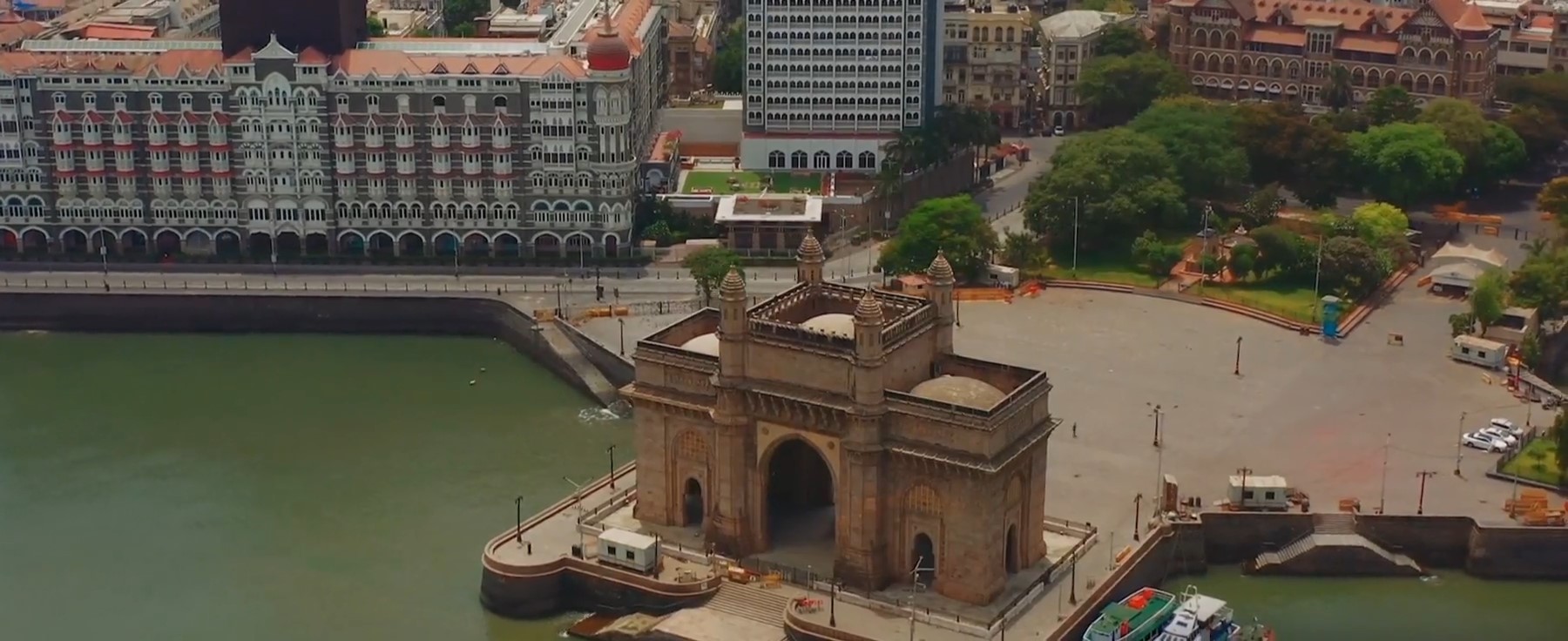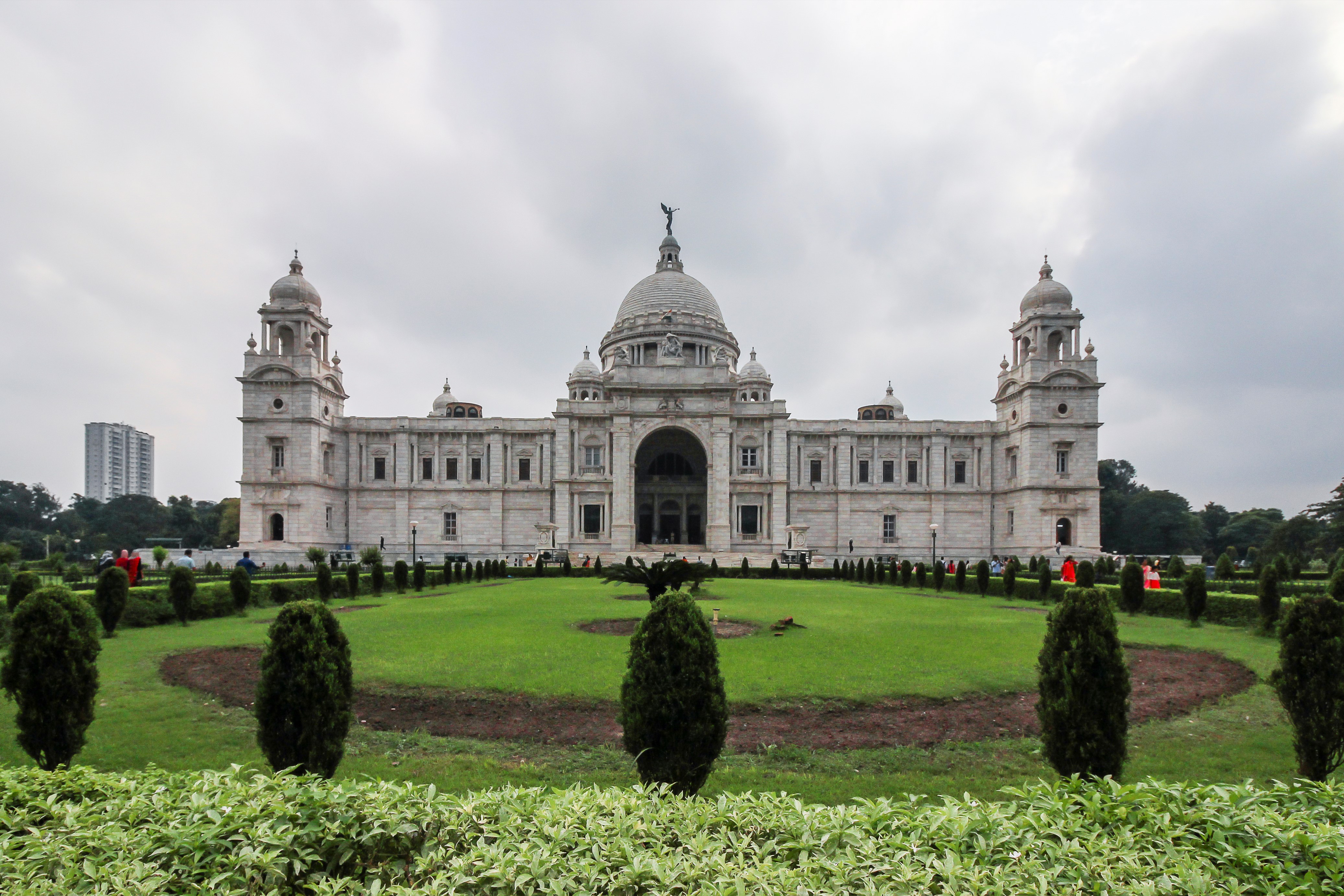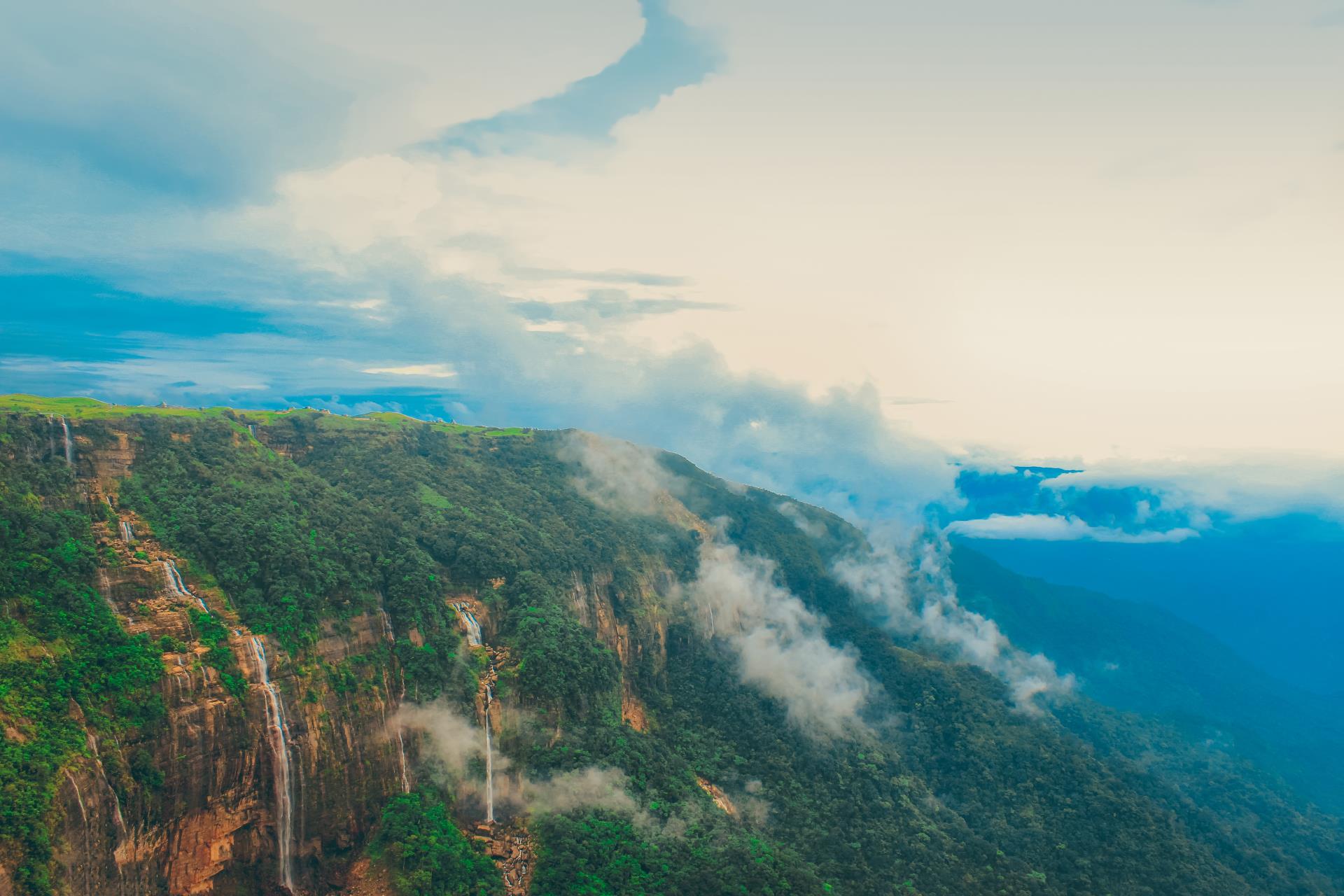
Sorry, we couldn't find anything that matches your search.
Destination

Famous Places to Explore in Hyderabad
A vibrant city with the imposing...

Raipur Tourist Places | Best Place to Visit
The stronghold of several erstwhile...

Ahmedabad
Declared as India's first UNESCO World...
#
Day 1 : Bhopal

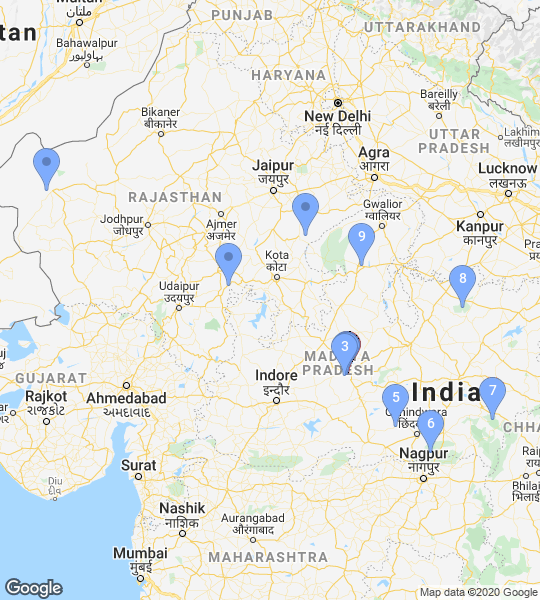
Divided by the picturesque and pristine Upper Lake and Lower Lake, the city of Bhopal, at the heart of Madhya Pradesh, remains suspended in time. On one side of the lakes is the bustling old walled city, which is a labyrinth of narrow streets and chowks. It has a score of bazaars that are always teeming with locals haggling with shopkeepers over sundry items, and several mosques and alleyways. Its cosmopolitan counterpart, sitting to the south of the lakes, can match the pace of any metropolis in the country.
 Start : Madhya Pradesh
Start : Madhya Pradesh
 End : Rajasthan
End : Rajasthan
 Time : 9 days
Time : 9 days
Day 1 Stop 1: Morning: Upper Lake and Lower Lake
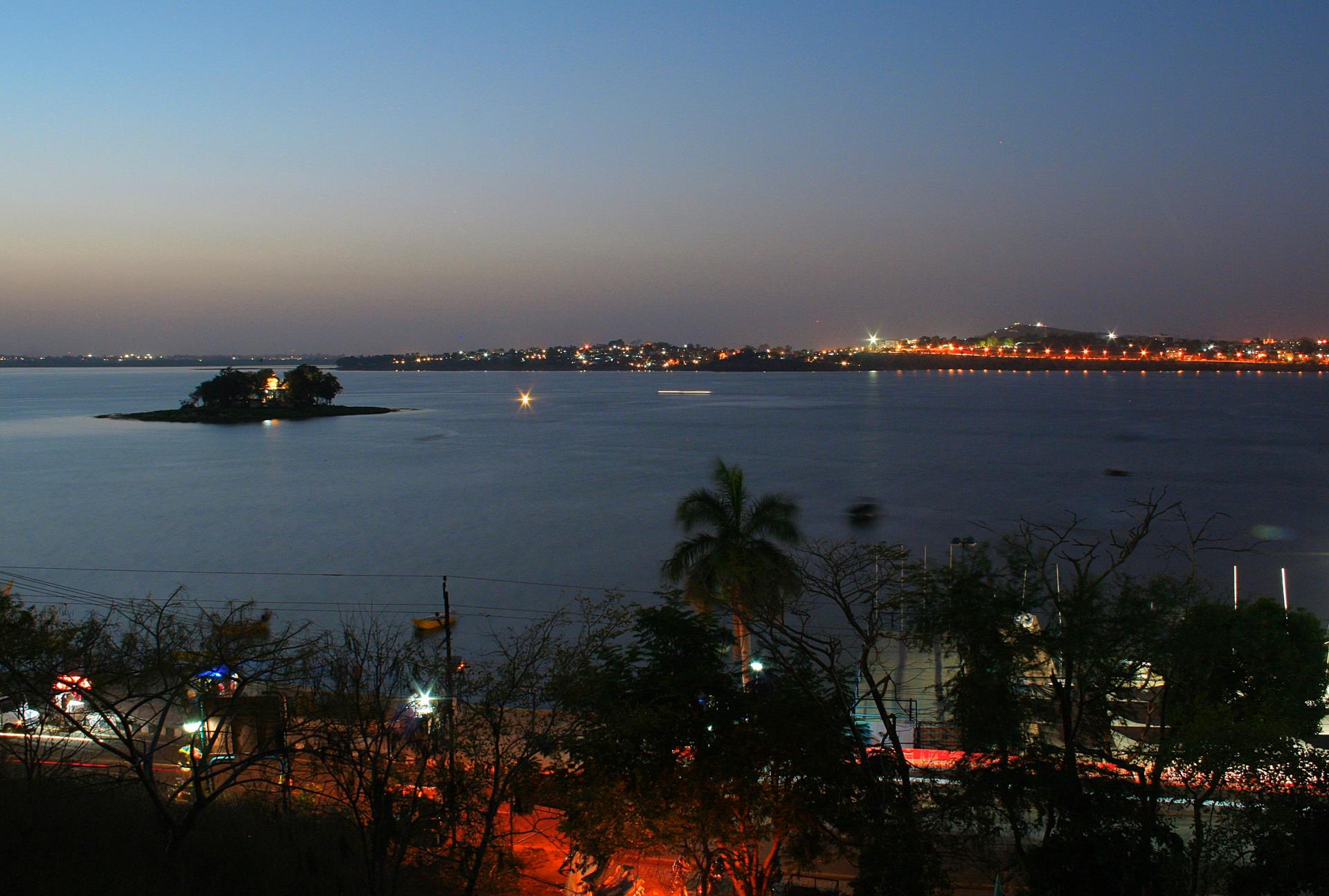
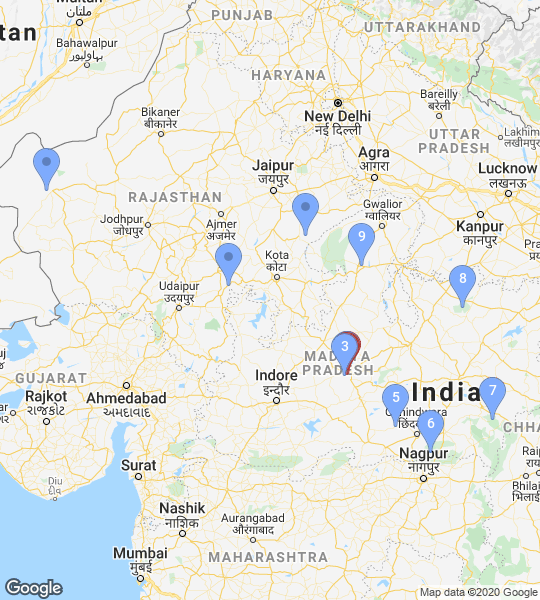
Separated by an overbridge called Pul Pukhta are two stunning lakes, Upper Lake and Lower Lake. Together, they are perhaps the loveliest and the most picturesque waterfronts in the country, with vast green gardens and crystal clear waters.
Good to know:
The Bada Talaab or Upper Lake or Bhojtal is one of the oldest man-made lakes in the country, built in the 11th century.
What to do:
Spread over an area of 36 sq km, it provides tourists with not only incredible vistas but also water sports opportunities. You can go canoeing or relax amidst nature at Kamla Park, located close to the lake. There are facilities of paddle boats, sailboats and motorboats as well. Go boating in the still, calm water in the evening to catch a beautiful sunset – the rays of the sun bounce off the surface and make it look as though the whole lake is aflame!
Day 1 Stop 2: Afternoon : Van Vihar
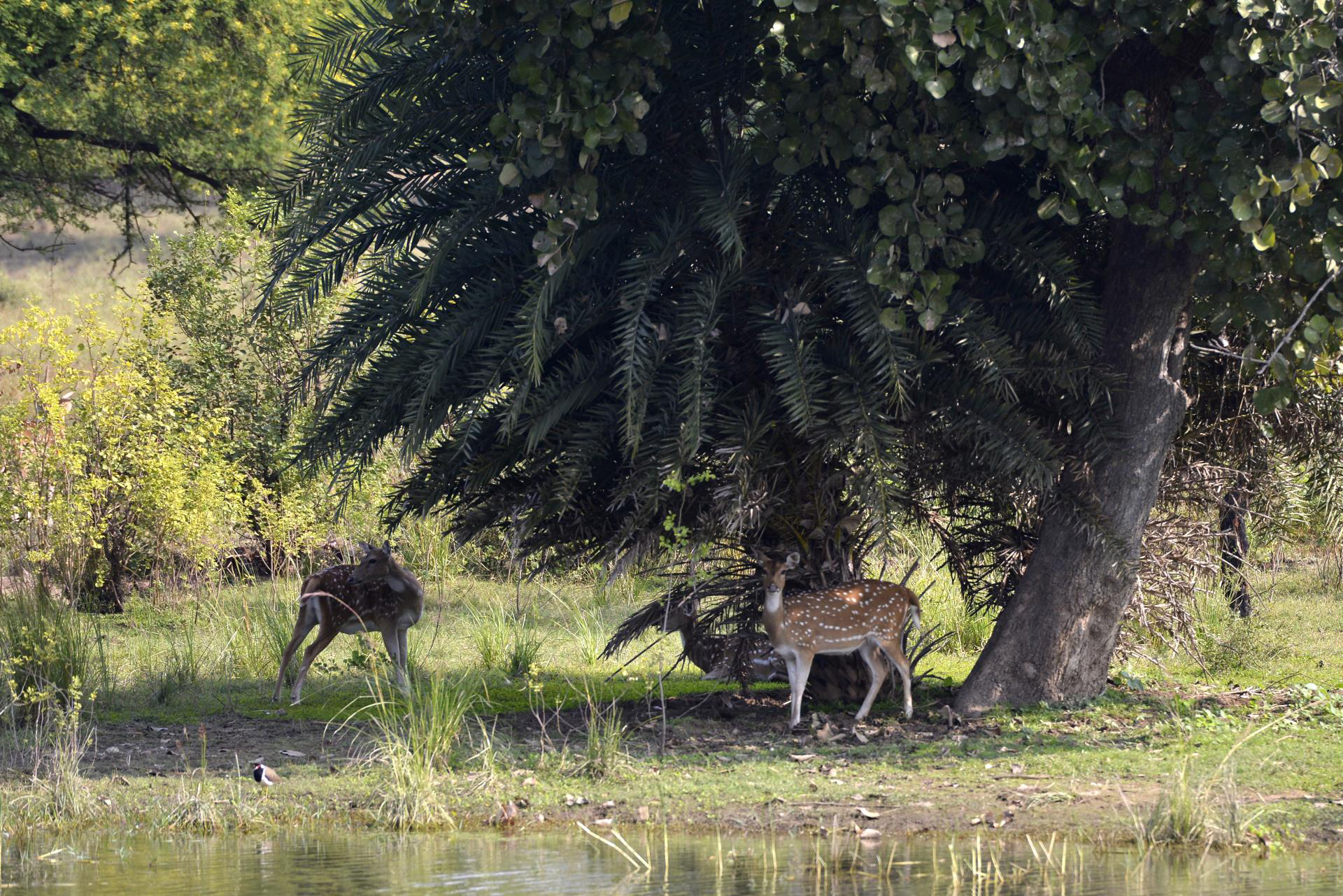
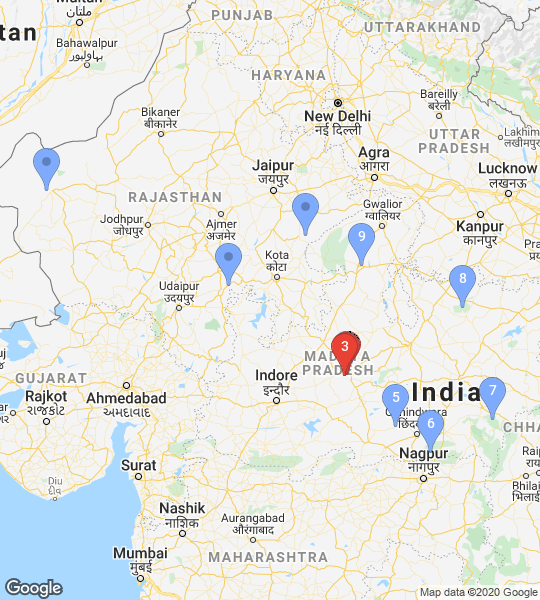
Perched atop a hill near the beautiful Upper Lake, Van Vihar is an open zoological park that houses huge enclosures where animals like lion, tiger, bear, panther and hyena are kept. The carnivores are kept safely away from humans, but herbivores like blackbuck and cheetal are allowed to freely move around. While birds fill the air with incessant chirping, you can spot crocodiles and tortoises basking in the sun.
Good to know:
Van Vihar was declared as a national park in 1981 under the Wildlife Protection Act. It is open to visitors all year round, even during the monsoons, when most of the other Indian national parks close their gates.
What to do:
A major attraction in Van Vihar is the reptile unit, where you can find snakes like python, Russel's viper and cobra. There is a special section dedicated to a variety of insects and butterflies as well. Since the park lies close to the Upper Lake, it plays host to migratory birds in winters.
Day 1 Stop 3: Evening : Gohar (Gauhar) Mahal
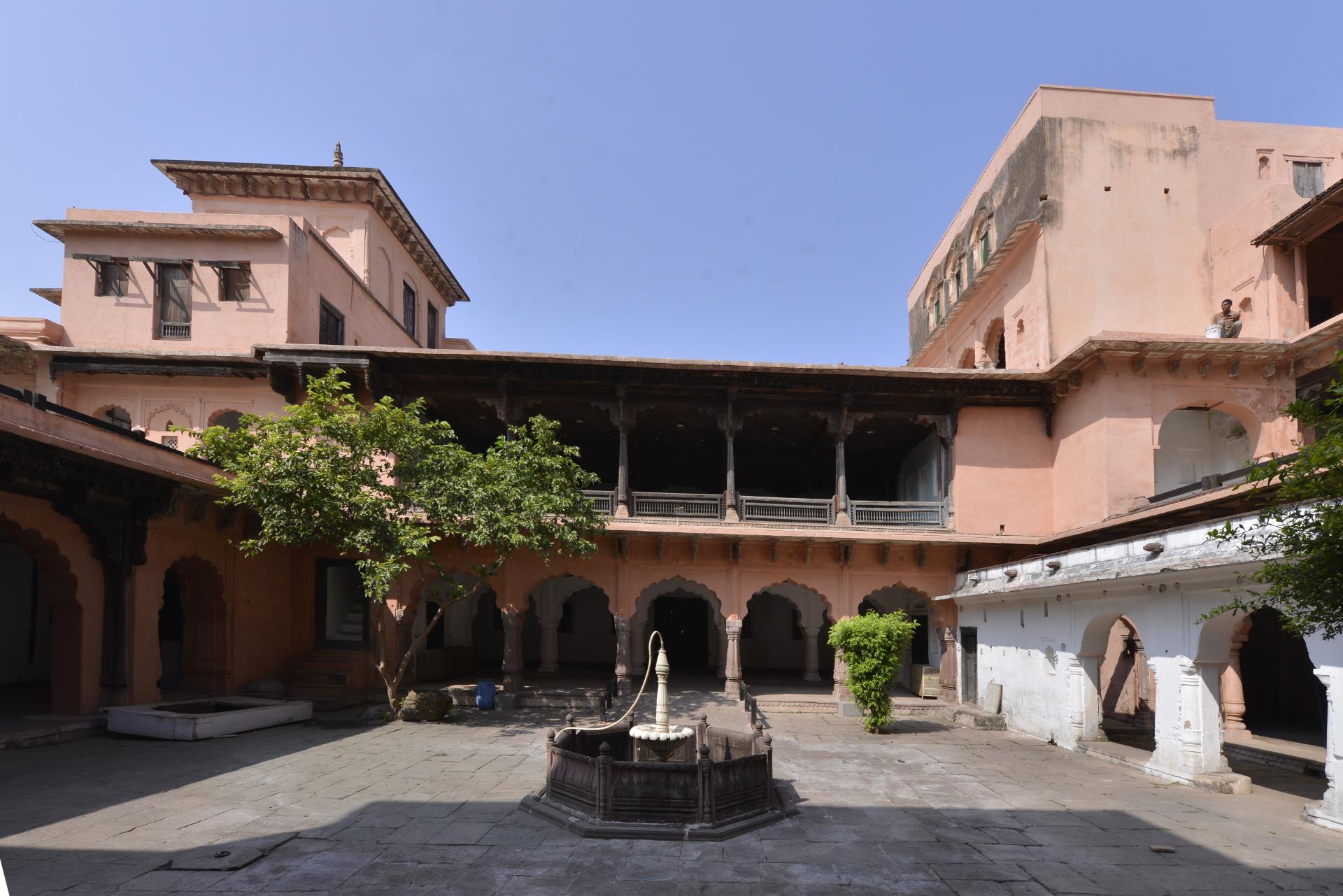
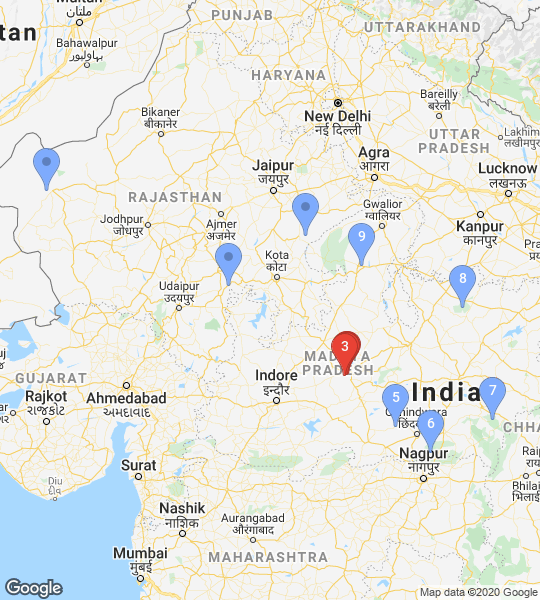
A unique amalgamation of Hindu and Mughal architecture, Gohar Mahal was built by Qudisiya Begum or Gohar Begum, the ruler of Bhopal. It was constructed in 1821 and boasts a spacious hall overlooking a beautiful lake in the vicinity.
Good to know:
The mahal has meandering pathways, paved courtyards and intricate interiors that are an ode to the rich cultural heritage of the city. The palace sits on an expanse of 4.65 acre, on the banks of Bhopal’s beautiful Upper Lake, and is, at present, one of the most popular and frequented structures in the city, drawing in tourists all year round.
What to do:
The mahal has meandering pathways, paved courtyards and intricate interiors that are an ode to the rich cultural heritage of the city. The palace sits on an expanse of 4.65 acre, on the banks of Bhopal’s beautiful Upper Lake, and is, at present, one of the most popular and frequented structures in the city, drawing in tourists all year round.
Day 2 : Satpura Tiger Reserve

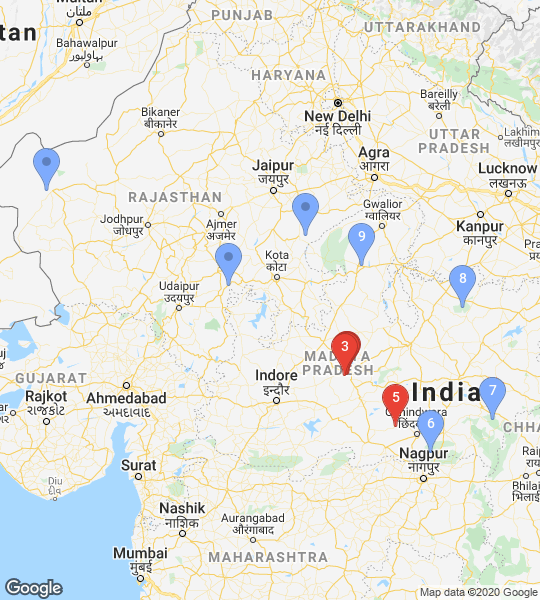
Home to wildlife species like bison, tigers, panthers, wild bears, four-horned deer and blue bulls, along with a wide variety of avian species like paradise fly-catcher, honey buzzard and Malabar pied hornbill, the Satpura National Park is a haven for wildlife enthusiasts
Good to know:
The Sanskrit name “Satpura” translates to seven hills and the park boasts a topography of ravines, waterfalls, rivulets, narrow gorges and dense forests.
What to do:
YThe flying squirrel and the rhesus monkey can also be found here.
Day 3 :Pench National Park

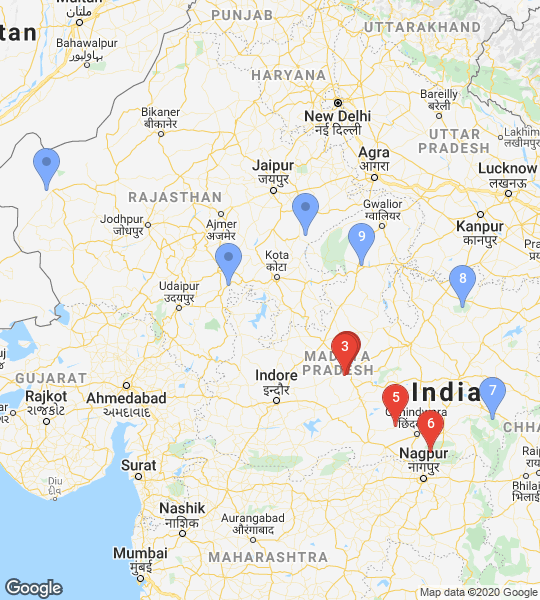
With a picturesque vista and a treasure of flora and fauna, the park is an ideal camping site for adventure and wildlife enthusiasts.
Good to know:
The park draws its name from the Pench river that flows through the park from north to south, dividing it into two equal western and eastern halves. Out of these, one falls in the Seoni and the other falls in the Chhindwara district.
What to do:
Some of the fauna you can spot are the royal Bengal tiger, chital, wolf, Indian leopard, gaur, four-horned antelope, sloth bear etc. Furthermore, a great variety of birds like crow pheasant, peafowl, pintail, lesser whistling teal, Indian roller, wagtail, munia, waterfowl, blue kingfisher, crimson-breasted barbet, red-vented bulbul are also found here.
Day 4 : Kanha National Park
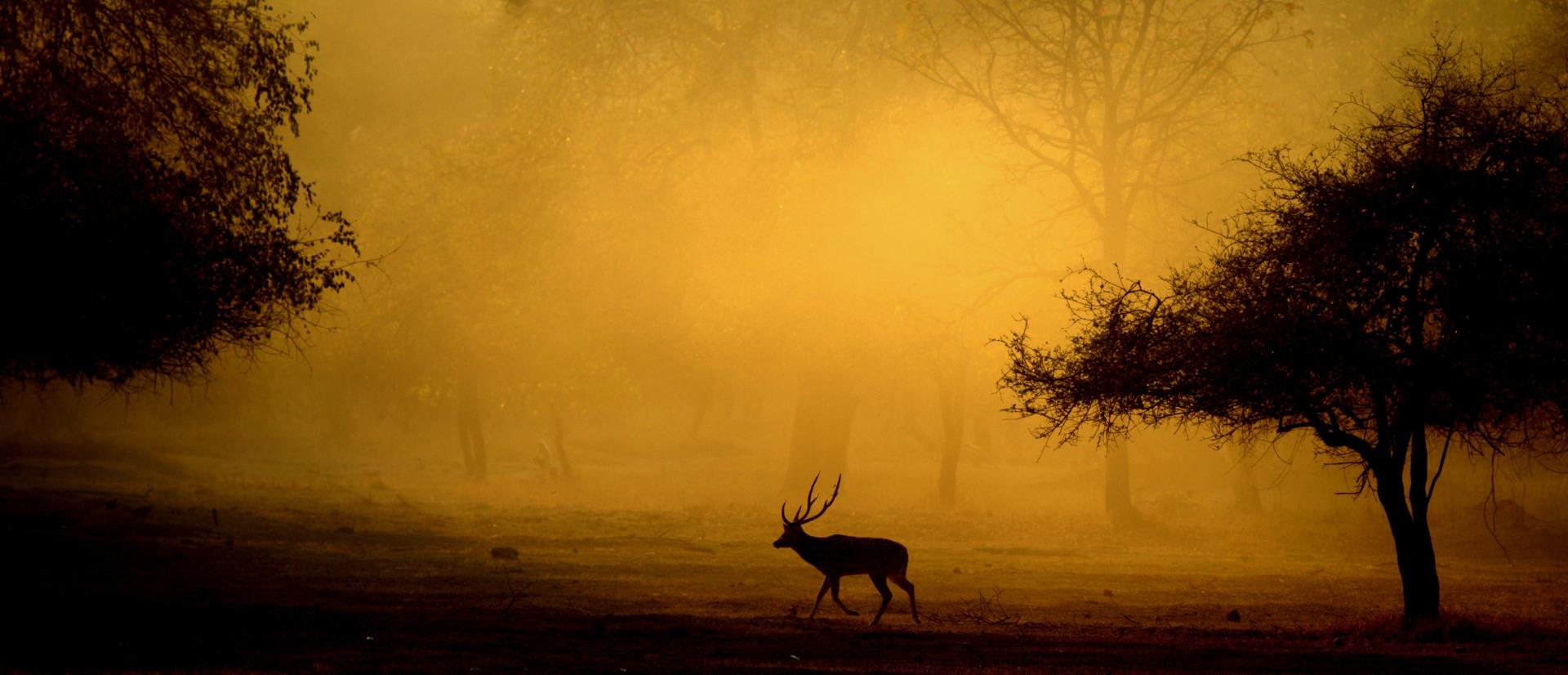
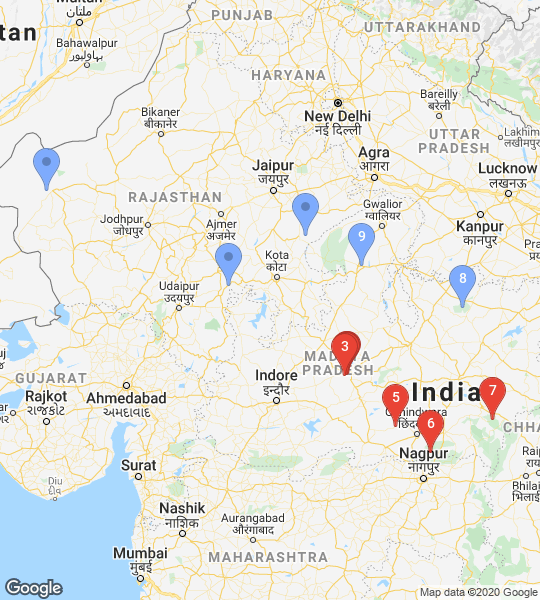
Home to the majestic royal Bengal tiger, the Kanha National Park is spread over an impressive area of 940 sq km. The park also holds the distinction of bringing back the barasingha (swamp deer) from the brink of near extinction. The park is home to other majestic animals like leopard and wild dogs. The award-winning National Geographic film, ‘Land of the Tigers’ was also shot here. The sprawling acres of lush verdant greens of the national park offer many incredible natural views.
Good to know:
It is commonly believed that this park, with its lush green meadows and thick sal forests so enchanted the English author Rudyard Kipling that he used it as background for his iconic novel 'The Jungle Book'.
What to do:
Head over to the popular Bamni Dadar, or the sunset point, which offers an amazing view of the landscape dotted with grazing sambars and gaurs. A safari through the park where one can sight animals in their natural habitat is indeed an unforgettable experience.
Day 5: Panna National Park
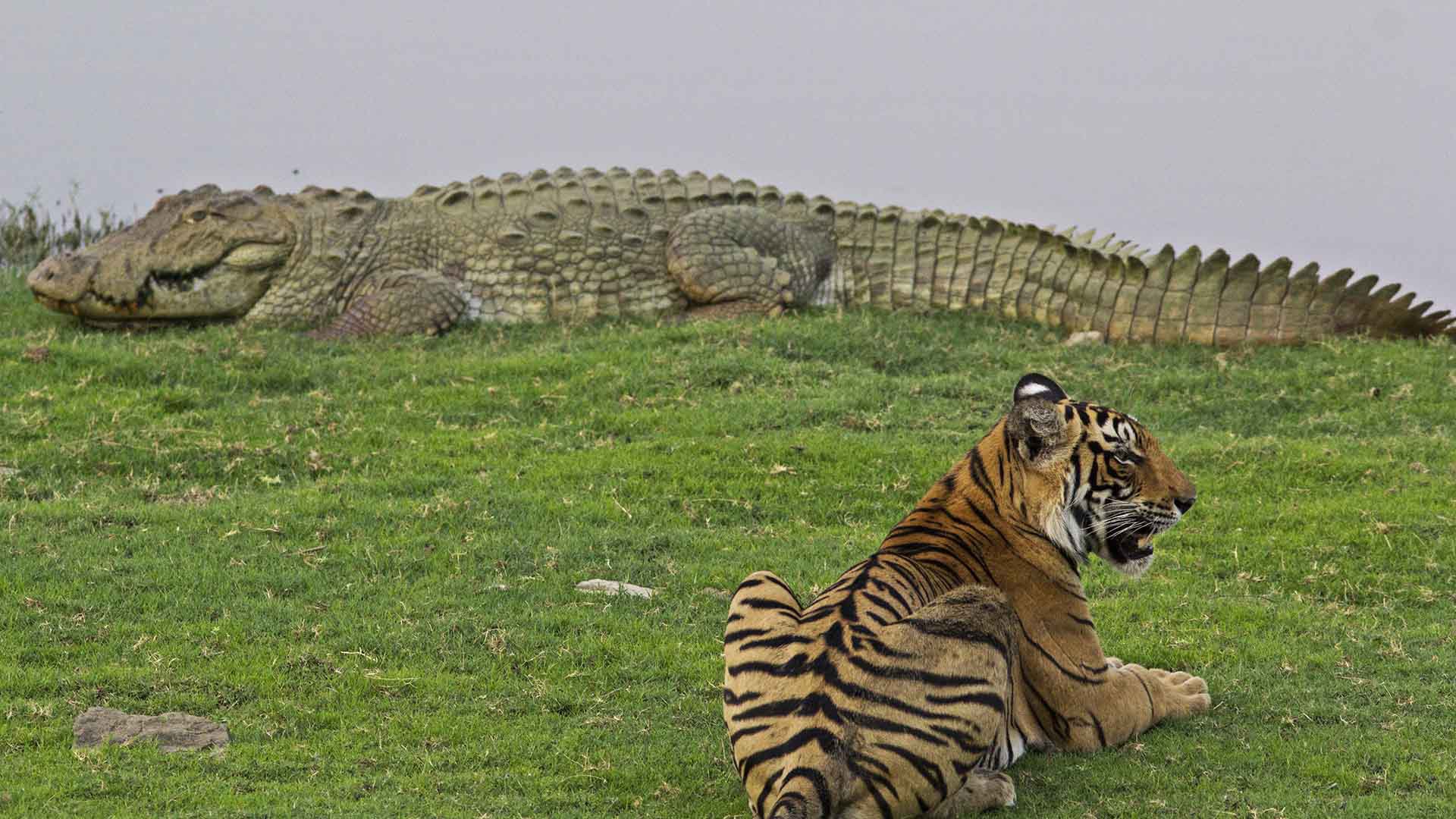
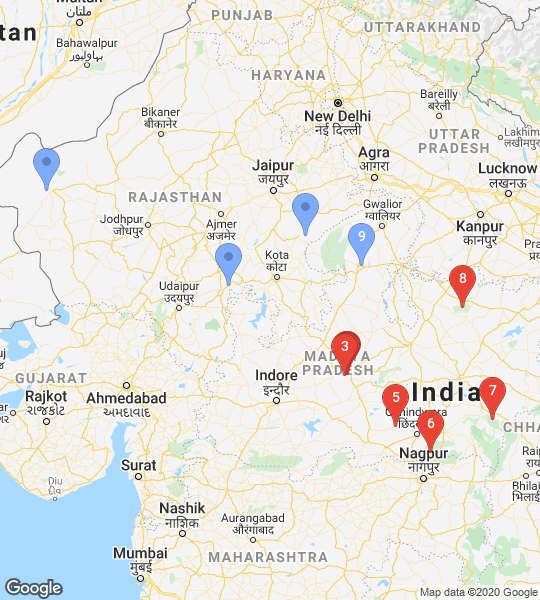
Panna National Park is one of the most popular wildlife sanctuaries of India that is home to tigers and several other species of wildlife. With the meandering Ken river and spectacular waterfalls, the national park attracts both wildlife enthusiasts and adventure seekers.
Good to know:
One can spot the gharial, a huge reptile of the crocodile family found only in the Indian subcontinent, and a variety of flora and fauna here.
What to do:
Spend a day or two here, and explore the park in a jeep or on the back of an elephant.
Day 6 : Madhav National Park
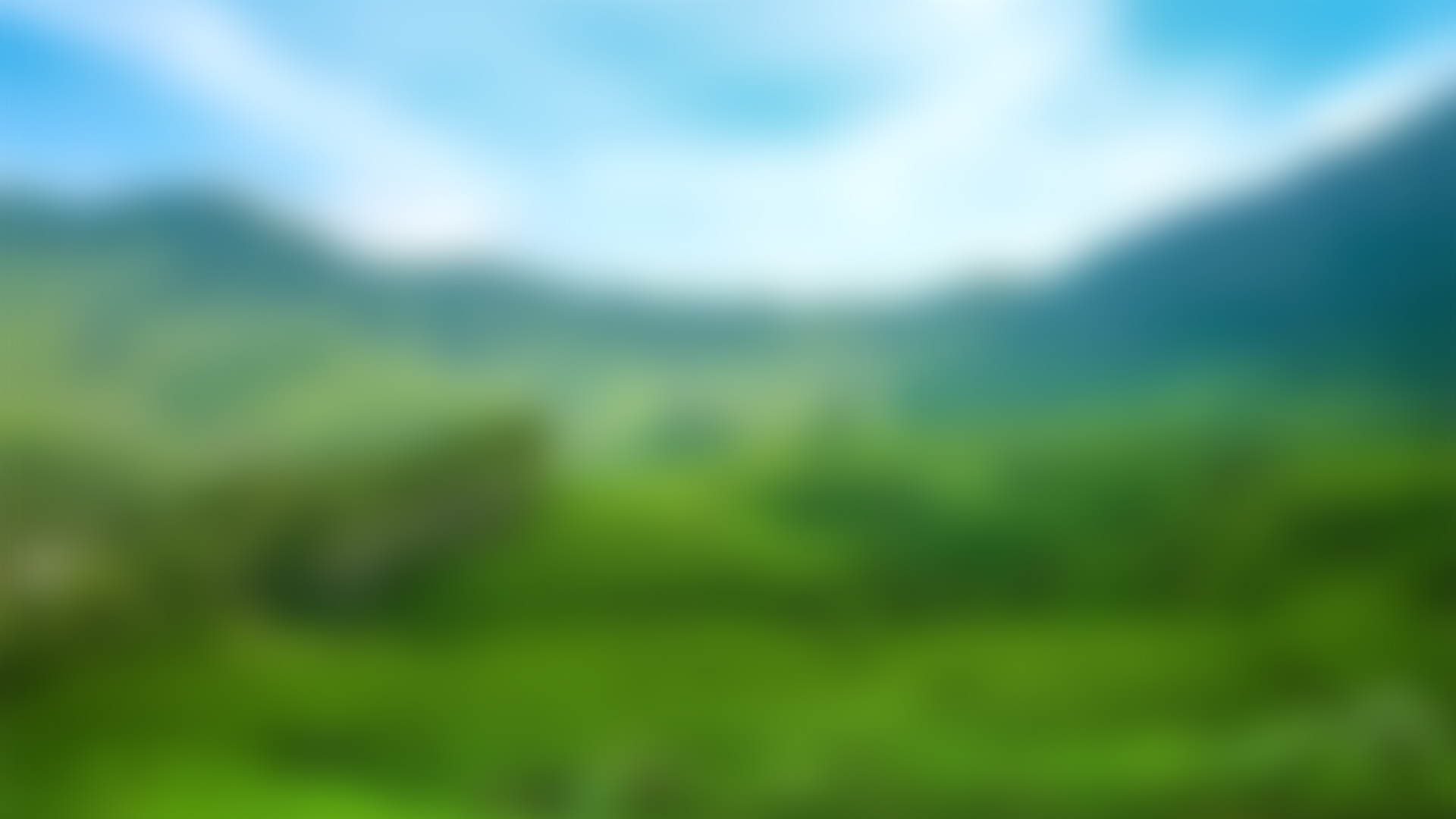

Madhav National Park is the erstwhile hunting ground of Mughals and Marathas. Located in Shivpuri district, this park is spread over an area of 354 sq km and offers amazing views of lush greenery.
Good to know:
There are several architectural sights here, which were set up by the Gwalior kings.
What to do:
Spot fauna like tiger, hyena, sloth bear, crocodile, nilgai, sambar, etc.
Day 7: Ranthambore National Park

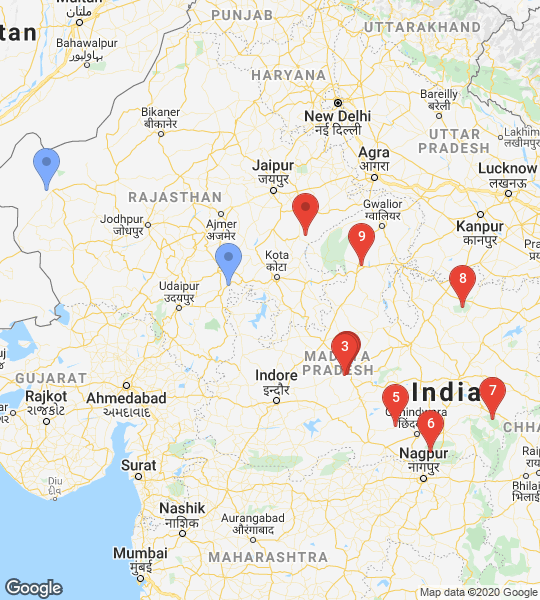
The popular Ranthambore National Park and Tiger Reserve was once the private game reserve of the royal family of Jaipur. Located 155 km from Jaipur, Ranthambore's diverse topography with a mix of rolling hills and crags, and meadows, lakes and rivulets, offers some of the finest opportunities for sighting the magnificent tiger in the wild.
Good to know
The 10th century Ranthambore Fort dominates the landscape of this dry-deciduous forest. It was set up in 944 and today is better known as the ideal territory of the famous Ranthambore tigress, Machali.
What to do:
SApart from the tiger, other wildlife in the park includes sloth bear, leopard, jackal, fox, hyena, Indian wolf, chital, sambhar deer, blue bull antelope or nilgai, rhesus macaque, langur and an incredible variety of birds.
Day 8 Stop 1: Desert National Park
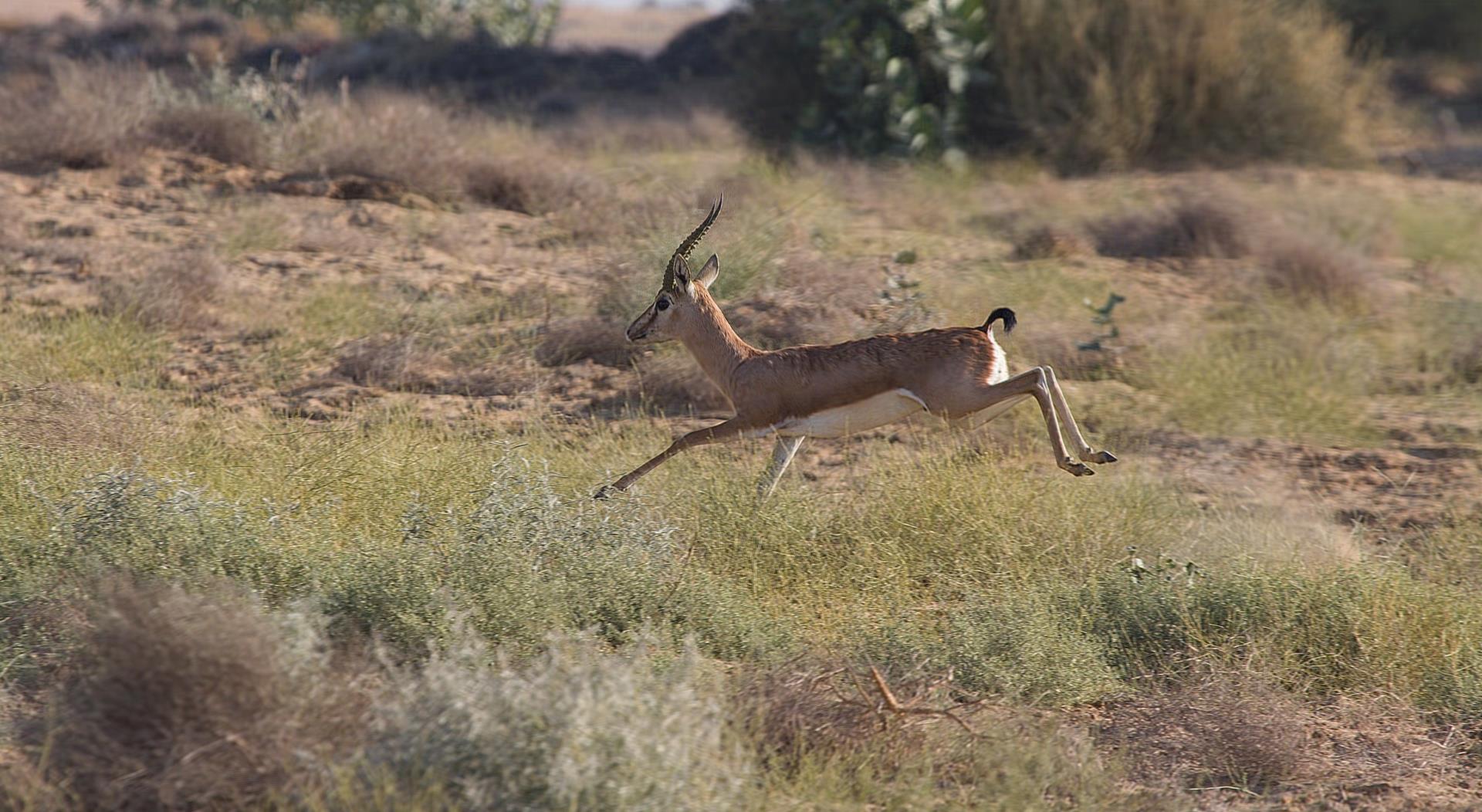

One of the best spots to explore the Thar desert ecosystem and wildlife, the Desert National Park is an amalgamation of rolling sand dunes, jagged rocks and dense salt lakes. Situated between the districts of Jaisalmer and Barmer, the protected area is amongst the largest in the country with a total area close to about 3,162 sq km.
Good to know:
Lying in the midst of the remote Thar desert, Desert National Park provides a haven to thriving populations of blackbucks, chinkaras and desert foxes that can be seen here.
What to do:
The endangered great Indian bustard can also be seen here. During winter, migratory raptors such as Himalayan and Eurasian Griffon vultures, eastern imperial eagle and the saker falcon fly here to spend the season in warmer environs. If you truly need to investigate the wonderful natural life at the Desert National Park in Jaisalmer then an ideal path is by setting out on a thrilling jeep safari. Camping with bonfires is another exciting activity that attracts people to the park.
Day 8 Stop 2: Bassi Wildlife Sanctuary

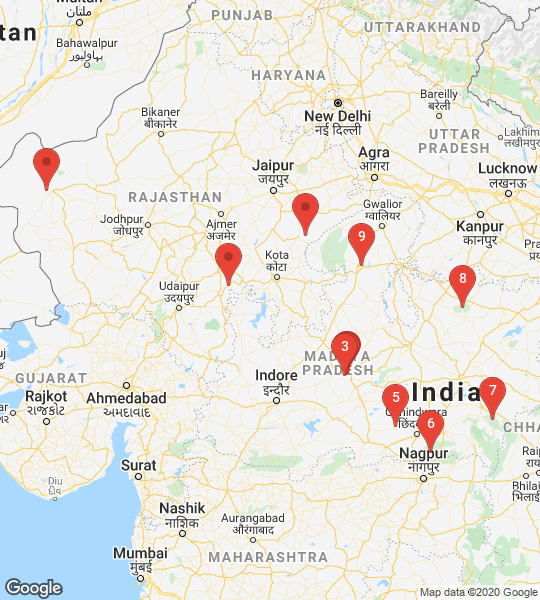
One of the best spots to explore the Thar desert ecosystem and wildlife, the Desert National Park is an amalgamation of rolling sand dunes, jagged rocks and dense salt lakes. Situated between the districts of Jaisalmer and Barmer, the protected area is amongst the largest in the country with a total area close to about 3,162 sq km.
Good to know:
Lying amid the remote Thar desert, Desert National Park provides a haven to thriving populations of blackbucks, chinkaras and desert foxes that can be seen here.
What to do:
The endangered great Indian bustard can also been seen here. During winter, migratory raptors such as Himalayan and Eurasian Griffon vultures, eastern imperial eagle and the saker falcon fly here to spend the season in warmer environs. If you truly need to investigate the wonderful natural life at the Desert National Park in Jaisalmer then an ideal path is by setting out on a thrilling jeep safari. Camping with bonfires is another exciting activity that attracts people to the park.







